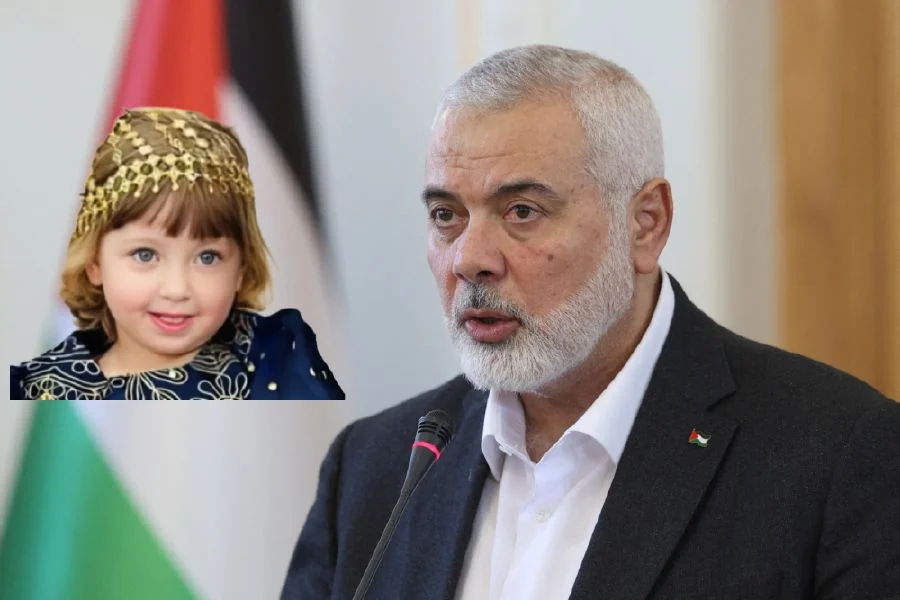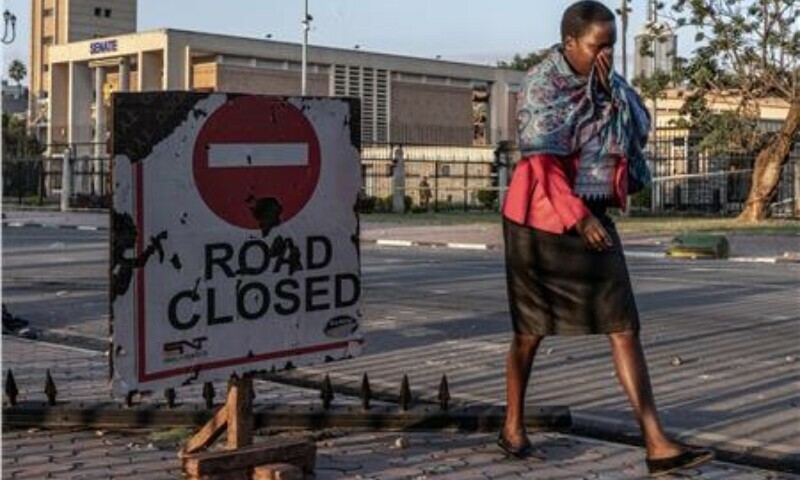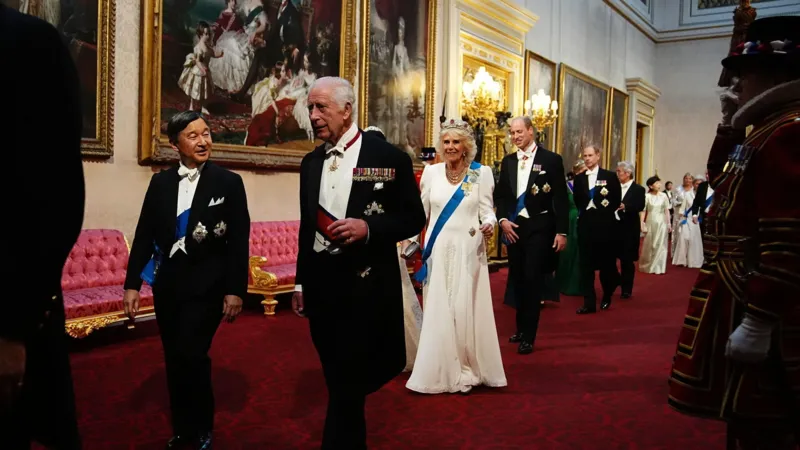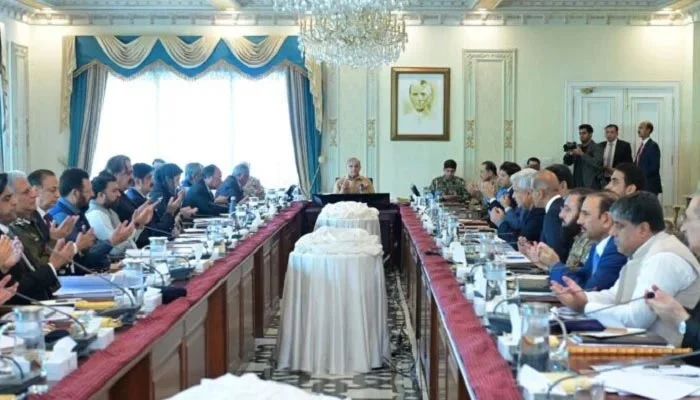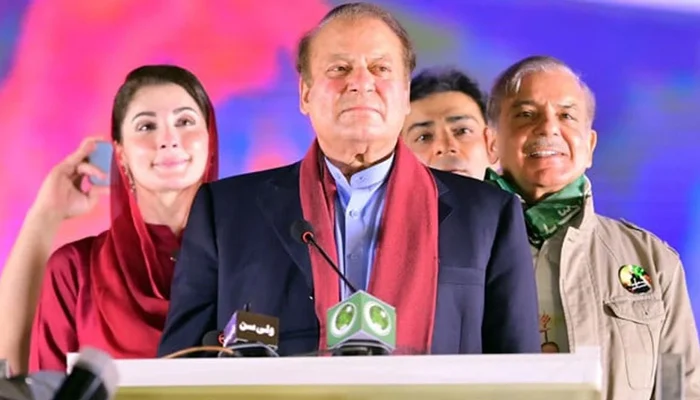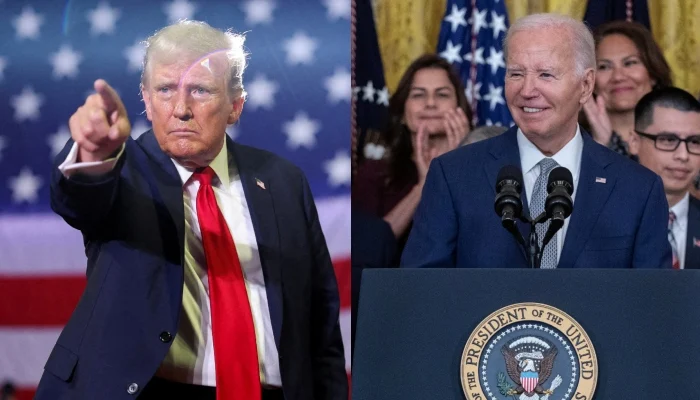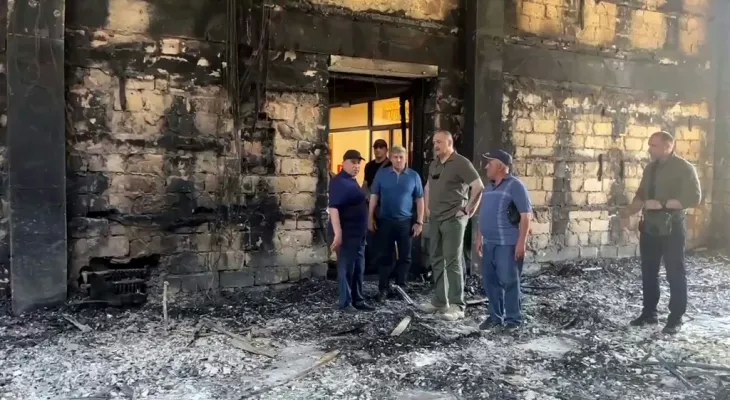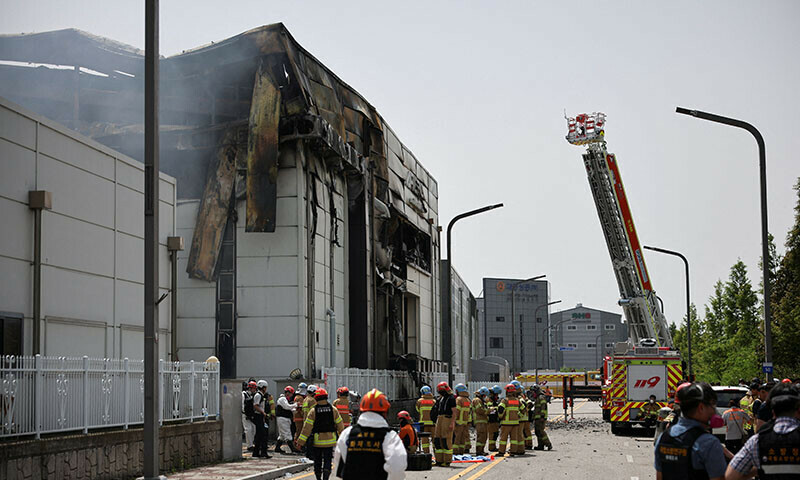ISLAMABAD: A turbulent National Assembly session took place on Sunday as the government and opposition remained divided over a new military operation, Azm-e-Istehkam, to root out militancy.
The lawmakers from the opposition Pakistan Tehreek-e-Insaf (PTI) said that they weren’t taken into confidence over the operation, while the government assured them that their concerns would be addressed.
The lower house session, which is currently discussing the budget but went off track to exchange views over the operation, saw a ruckus ensued from the opposition benches.
The PTI staged a walkout from the session for an hour and returned later, following which their leaders addressed the National Assembly, while they also chanted slogans, including “end the operation”, and “we want peace”.
The Shehbaz Sharif-led government had Saturday announced the fresh counter-terrorism operation, pledging to utilise the full strength of the country’s resources, including military, diplomatic, and legislative, to turn the heat up on militants.
The Central Apex Committee on National Action Plan (NAP) gave the approval for the operation, in which top officials of all provinces were present, including PTI-backed Khyber Pakhtunkhwa Chief Minister Ali Amin Gandapur.
The move comes as the country has witnessed a significant surge in terrorist attacks in recent months resulting in scores of both civilian and security forces’ casualties.
The Pakistani government, which has maitained that neighbouring nations are responsible for a rise in terrorism, has time and again called on Afghanistan’s Taliban-led administration to prevent its soil from being used by various terrorist organisations against Pakistan — an allegation Kabul has denied.
Defence Minister Khawaja Asif said Sunday that the opposition was “standing with the terrorists”, not the country as the PTI vehemently opposed operation Azm-e-Istehkam.
Talking on the floor of the National Assembly,” Asif said: “In yesterday’s meeting, their Khyber Pakhtunkhwa chief minister was present. All these decisions were taken in front of him.”
Asif, coming down hard on the PTI lawmakers, said that their protest in the parliament was tantamount to them supporting and standing with the terrorists.
“They are against the Pakistani Army and the martyrs. They still stand with their May 9 stance,” Asif said, referring to the violent event that took place when PTI founder Imran Khan was arrested, which saw state installations being attacked.
The defence minister said he was speaking about the country’s security, but the PTI’s only goal was to protest and not to hear him out. “They are neither with the country nor with the Constitution.”
While they staged the walkout, PTI Chairman Barrister Gohar Khan, speaking outside the Parliament House, said that the legislature must be taken into confidence before any operation is launched.
PTI’s top leader Asad Qasier told reporters that any decision or agreement reached must be brought before the parliament. “We do not support any operation.”
While speaking on the floor of the house, Gohar said no matter where the operation is about to take place, the parliament should decide its parameters.
“The federal government should discuss this issue in the parliament before approving it. Even before, the military leadership has briefed the lawmakers. No Apex Committee is above this house.”
The PTI chief said his party has objections to the operation in KP, stressing that the federal government did not take his party’s lawmakers into confidence.
“The military leadership should take this house into confidence over operation ‘Azm-e-Istehkam’. This house should approve any action that’s about to be taken.”
Gohar, a close confidant of PTI founder Imran Khan, said his party was ready to discuss all things related to Pakistan. “We are not Pakistan’s enemies.”
Continuing to come down hard on the PTI, Defence Minister Asif said that the party’s entire leadership is compromised.
“These are not my words, these are Shehryar Afridi’s words. Now they will not accept this,” Asif said during his fiery speech. “He took Asad Qaiser, Omar Ayub, Gohar sb, and everyone’s names.”
To cool things down, Law Minister Azam Nazeer Tarar told the opposition members that his government would take them into confidence, unlike when Imran was the prime minister.
“Your leader (Imran) did not participate in the session in which [such topics were discussed when he was in power]. But we will not do this, my prime minister and my cabinet will be present here.”
He also censured the opposition that while they were decrying not being taken into confidence, they resorted to ruckus when the defence minister, who is the relevant person when it comes to the operation, was speaking.
“You did not hear one word he said. Also, let me tell you that your chief minister was present at that meeting and he did not object to a single thing as it is for Pakistan’s betterment.” He added that an in-camera National Security Council meeting would be convened, without specifying the date.
In response to Asif’s comments, PTI MNA Afridi said may the curse of God fall on those who lie. His statement gathered praise from the opposition benches.
He said Asif was more than 70 years old, but still resorting to such statements. “This is my chairman and my opposition leader,” the former federal minister said while pointing towards Gohar and Ayub.
Afridi said the government was “no match” for the PTI and their allegations would not affect the unity within the party’s ranks.


